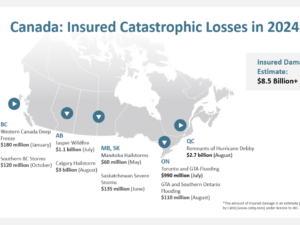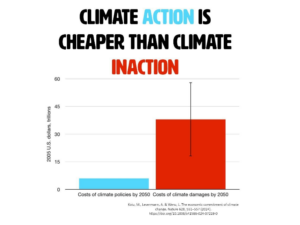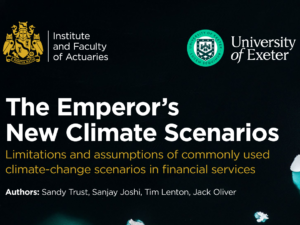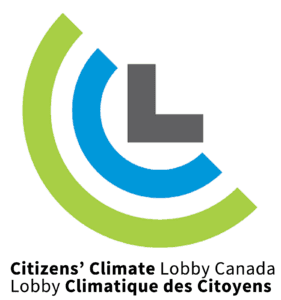Laser talk: The Impact of Climate Change on Wildfires in Canada Climate change is a contributing factor that can make wildfires become more frequent and severe. Some factors that increase the risk of wildfires include: These conditions have intensified in Canada in recent years due to climate change and are influencing wildfires, particularly in western Canada and the boreal forest. Recently, we have seen several catastrophic wildfires in Canada, all following unusually hot and dry conditions. Examples include the Slave Lake (2011) and Fort McMurray(2016) fires in Alberta and the British Columbia wildfire season in 2017. Such fires have huge impacts on people’s livelihoods and health. For example, the Fort McMurray fire was the costliest natural disaster in Canadian history forcing 88,000 people to evacuate their homes on very short notice. As our climate continues to warm this century we can expect more severe fires and longer fire seasons. In some places, the climate may change to a point that the same forest ecosystems will not be able to regrow. A recent study concluded that Alberta could lose more than half its boreal forest within 80 years. More wildfires also increase our greenhouse gas emissions. Since 2002 Canadian forests have become a net carbon source, rather than a carbon sink: net carbon emissions from forests grew to 247 Mt CO2e in 2015 due mainly to forest fires. Even the oil and gas sector accounted for less: 189 Mt CO2e in the same year. In order to avoid the worst impacts of climate change, it is crucial that we rapidly decrease our carbon pollution. Pricing that pollution through carbon fee and dividend will help reduce our emissions and protect Canadians from price shocks as we transition to a clean energy economy.











